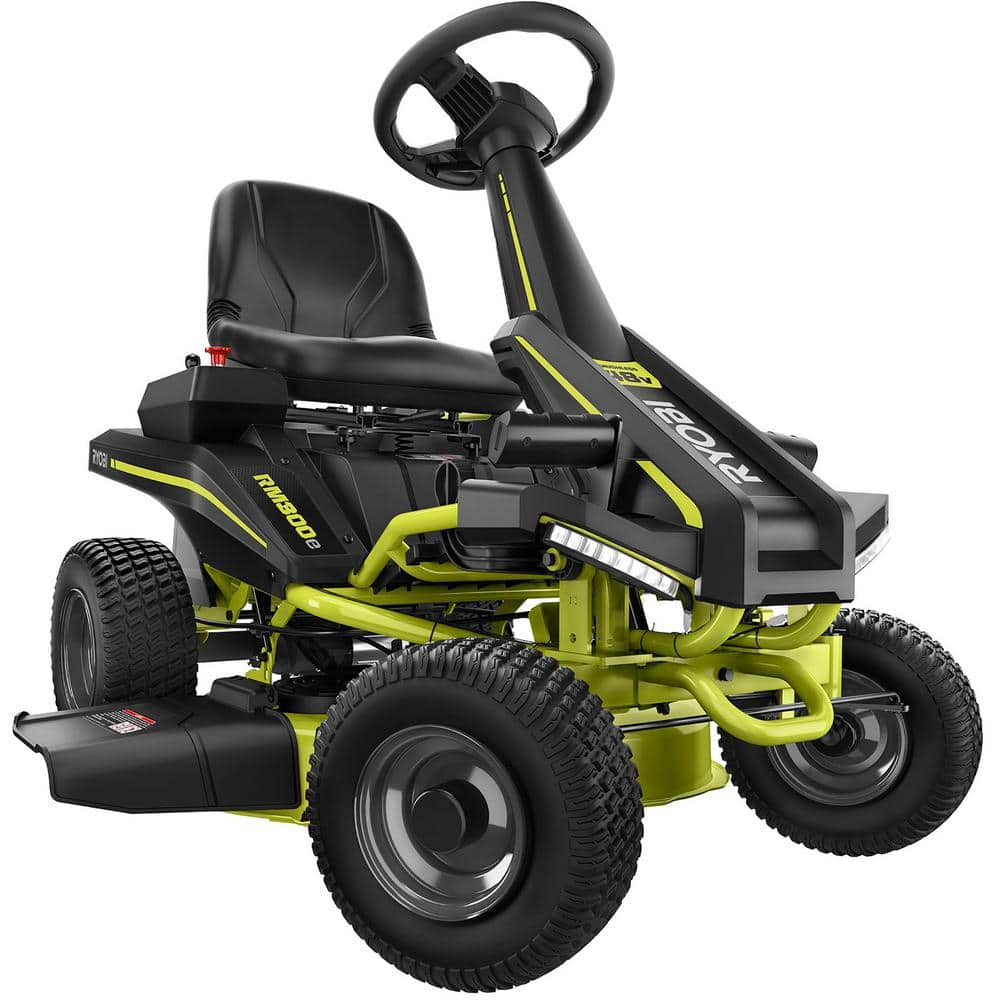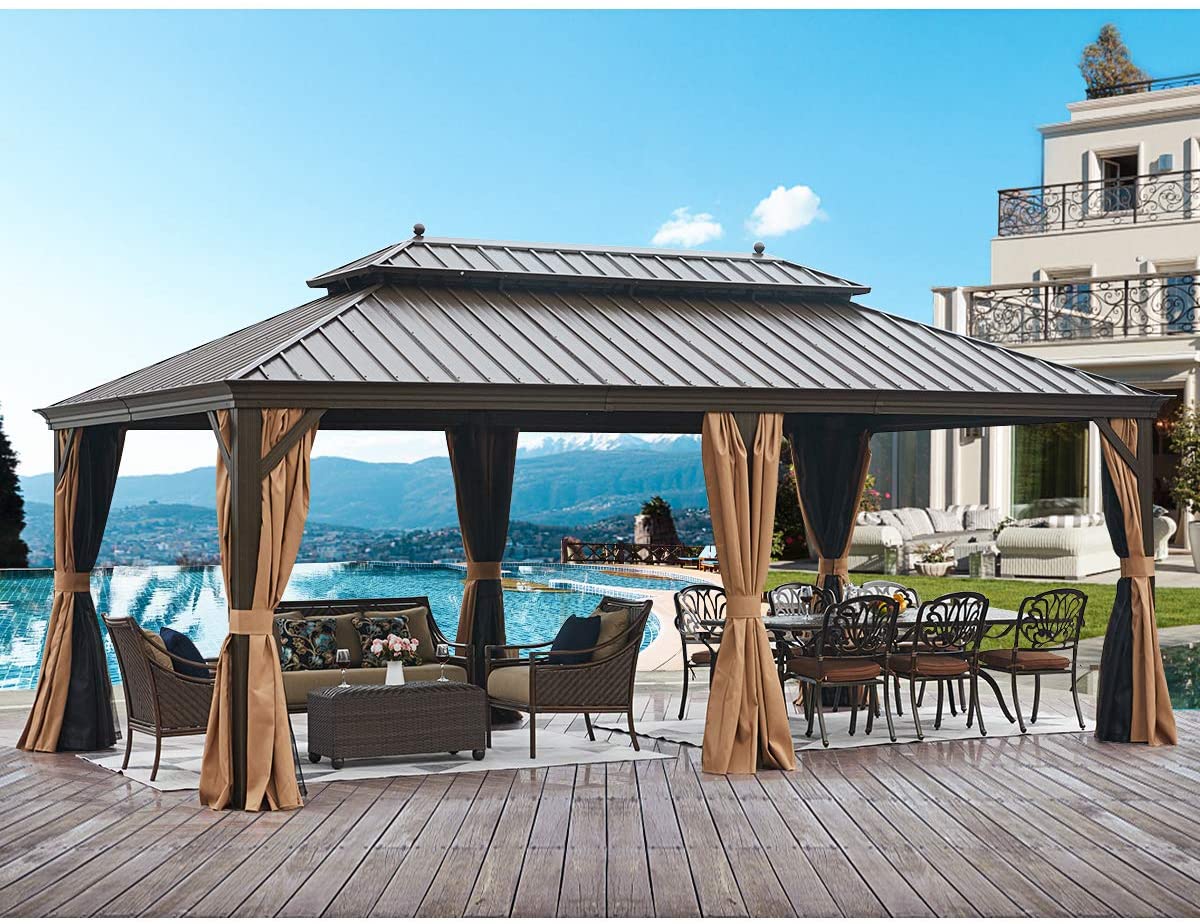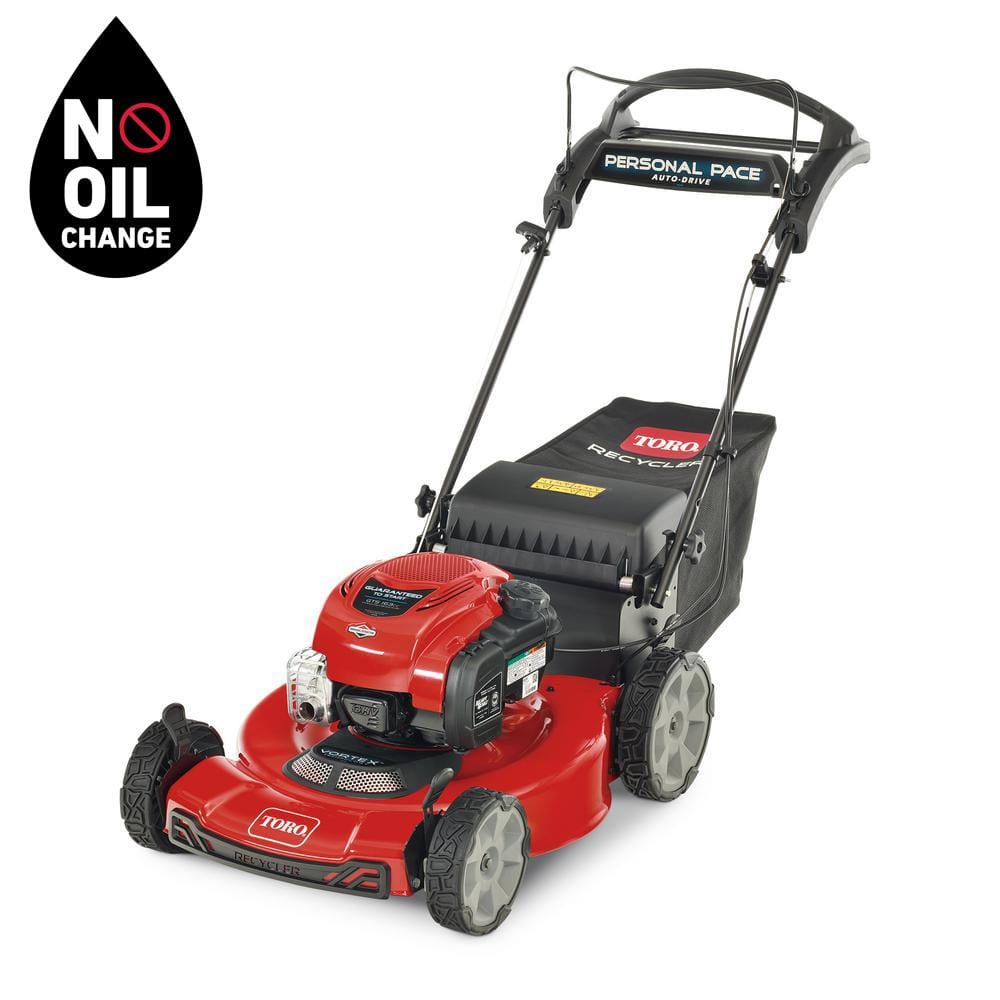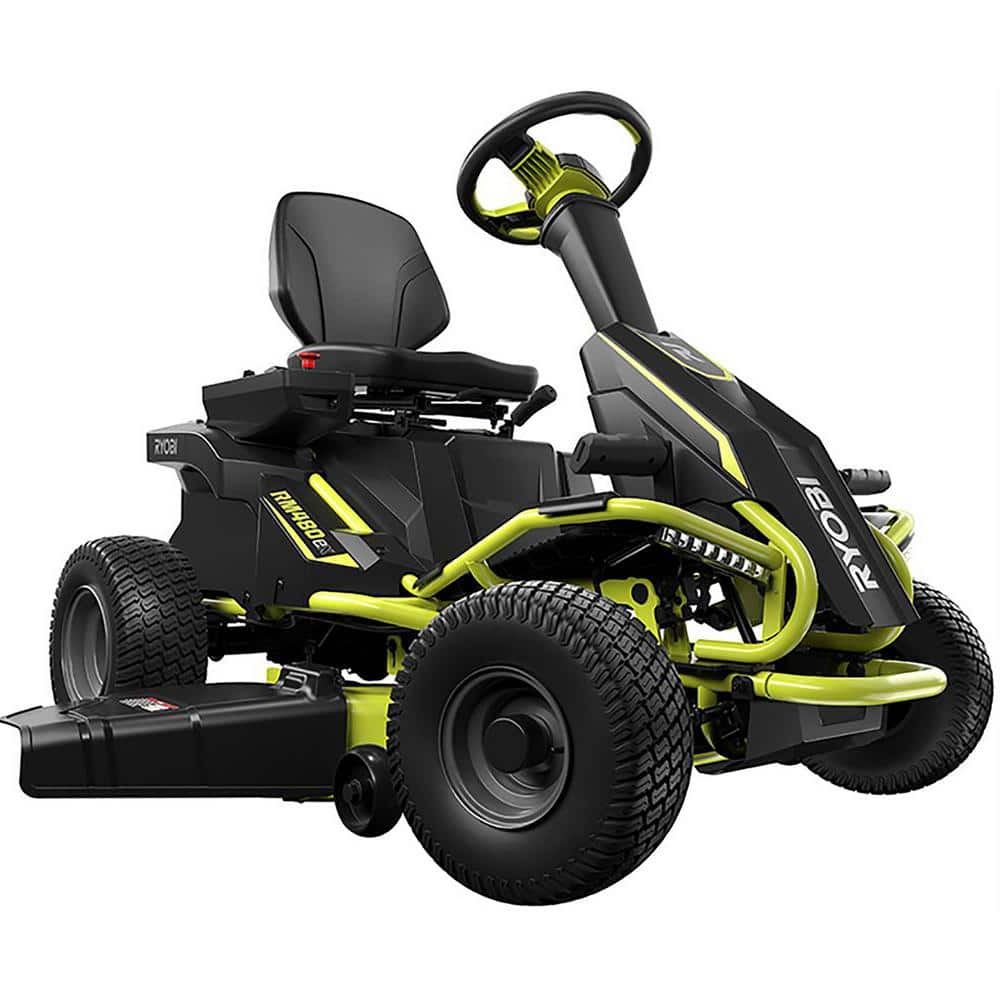RYOBI 48V Brushless 30 in. 50 Ah Battery Electric Rear Engine Riding Mower
3 Brushless Motors for Superior Power and Performance. 1 Charge Offers Up to 1 Hour of Runtime or 1 Acre of Mowing. Battery Operated: Fully Electric Mower With Zero Emissions.
The RYOBI 48-Volt 30 in. Riding Lawn Mower is clean, quiet, and unbelievably powerful. This fully electric mower has no gas and no fumes – just charge and go. It’s powered by 50Ah lead-acid batteries and three high powered brushless motors to give you up to 1 acre or 1 hour of runtime on a single charge. It features two steel blades and durable 30 in. cutting deck that fits in fenced areas with ease. The 7 position manual deck adjustment allows you to choose a heights ranging between 1.5 in. – 4.5 in. to get a clean, level cut on your lawn. The RYOBI 48-Volt Riding Mower is equipped with premium features like LED Headlights, battery level indicator, and a cup holder to make mowing comfortable and convenient. The rear access charging port makes charging your rider easy when the job is done.
- Lead-Acid Battery operated: no gas, fumes, charge and go
- Low maintenance: no belts, spark plugs or filters
- Up to 1 acre or 1 hour of runtime
- 3 high-powered brushless motors
- Quiet cutting
- LED headlights
- 1.5 in. – 4.5 in. adjustable cutting height 7-position manual deck adjustment
- 30 in. durable steel deck 2-blade deck
- Charges through standard 120-Volt outlet
- Fits through a standard 42 in. fence gate
- Replacement battery: Leoch model 6-EVF-50
- NOT Compatible with Blade Models: ACRM001, ACRM002, ACRM003, ACRM005, ACRM006, ACRM007
Additional information
| Assembled Depth x Height x Width (in.) | 56 x 45 x 41 |
|---|---|
| Cutting Width (in.) | 30 |
| Front Wheel Size (in.) | 13 |
| Mower Deck Width | 30 |
| Rear Wheel Size (in.) | 16 |
| Turning Radius (in.) | 16 |
| Certifications and Listings | TUV Listed |
| Manufacturer Warranty | 3 Year on the Mower, 1 Year on the Batteries |






by Mikka
I have less than a 1/4 acre of property. I enjoy the riding mower instead of pushing my old gas lawnmower. I charged it before I used it. I have used it 4 times and have not had to recharge it. I purchased the bagger attachment. I do not have to stop to empty until I’m done. The Ryobi handles great and has plenty of power. The lawn looks great after I’m done. I highly recommend this ride on for smaller properties. I think it would do a good job on larger lawns, too.
by Alan
Great turning radius for small spaces. Long battery life.
by Jeffrey
Met all my expectations. I have to cut 15,000 square feet of lawn and battery doesn’t even move off full charge.
by Michael
So far so good with it. It was delivered well ahead of schedule but that wasn’t an issue for me. I’ve mowed three times with it, and despite a few small issues I’ve enjoyed it. For what it’s worth, I’m a very tall and large guy, and I’m still able to fit comfortable enough to mow a half acre yard with no issues.
by George
Works great with power to spare on our challenging , hilly lot, with lots of trees and, obstacles ,over .68 acres.
by Jake
Awesome machine, love it!!!
by Tom
First off it was shipped on a seemingly indestructible steel pallet. Easy to put together. Great instructions. Charged it up overnight and mowed my half acre with enough juice to do it again if i wanted to. Occasionally the short wheelbase gives a bit of a bucking bronco ride. It will be a bit cramped for a big person. I’m 5′-9″, 220lbs. I really appreciate how it doesn’t makes hardly any noise. My neighbors are jealous as i ride around my cauld de sac silently. It works for me. No gas! Cuts great.
by Todd
Over all, I’m pleased with the way this little mower cuts. I have a 3/4 acre yard with a variety of terrain, including one area with an incline, and it handles it all beautifully and only uses a little bit more than half a charge. It’s insane how quite this is apart from the blades which sound like I big industrial floor fan on high. My wife has commented several times that she wasn’t aware I was even mowing until she saw me go past the living room window! The problem that I am having with the mower is that it will randomly shut down several times while I’m mowing. It doesn’t happen in the same spots so I don’t think it’s me lifting off the seat due to bumpy ground. It seems to happen when I forget to turn off the blades before I go in reverse. I know the blades shut down unless you select reverse mowing, but when I try to go forward and push/pull the blade knob, sometimes the blades won’t start unless I turn the key to off and back on. A couple of times it does just shut down completely and will not start less I keep pressure on the key with one hand and pull the blade knob with the other which is a little awkward. I don’t know if it is because I have the blade set too low and I’m going over a particularly thick bit of grass. It’s almost like the ignition is loose and the key is popping from on to off. This is my first electric mower and I did drive my gas lawn tractor a bit like a tank so maybe this is just part of the learning curve.
by Thomas
I had some qualms about this purchase due to the “old tech” glass mat batteries and the unavailability of exact replacements. I went ahead after determining that there were commonly available batteries that met the electrical specs and would fit into the space. I’m very happy with the purchase after putting several hours on the mower. It is quiet and clean and leaves a cut like a reel mower. Coming from a v-twin Simplicity 42 inch tractor, I was concerned that it would take longer to mow my small yard, but it turns out about the same. You do have to get used to keeping your left foot on the brake because it freewheels more readily than a gas engine and you need to be prepared to stop it, particularly in reverse. So far I have not seen so much as a single bar of usage on the meter after my roughly half hour of mowing. My only knock is that the cord from the charger to the tractor is rather short, limiting where you can put the charger if you want to wall-mount it. There’s also the fact that this is the only electric rider in its class that is actually available. My friend who has 3 Cub Cadet dealerships says they can’t tell him when he can get any of their electric riders, so he’s not expecting any this year.